Winners of the 2016 RIBA President's Medals Student Awards
By Justine Testado|
Friday, Dec 9, 2016
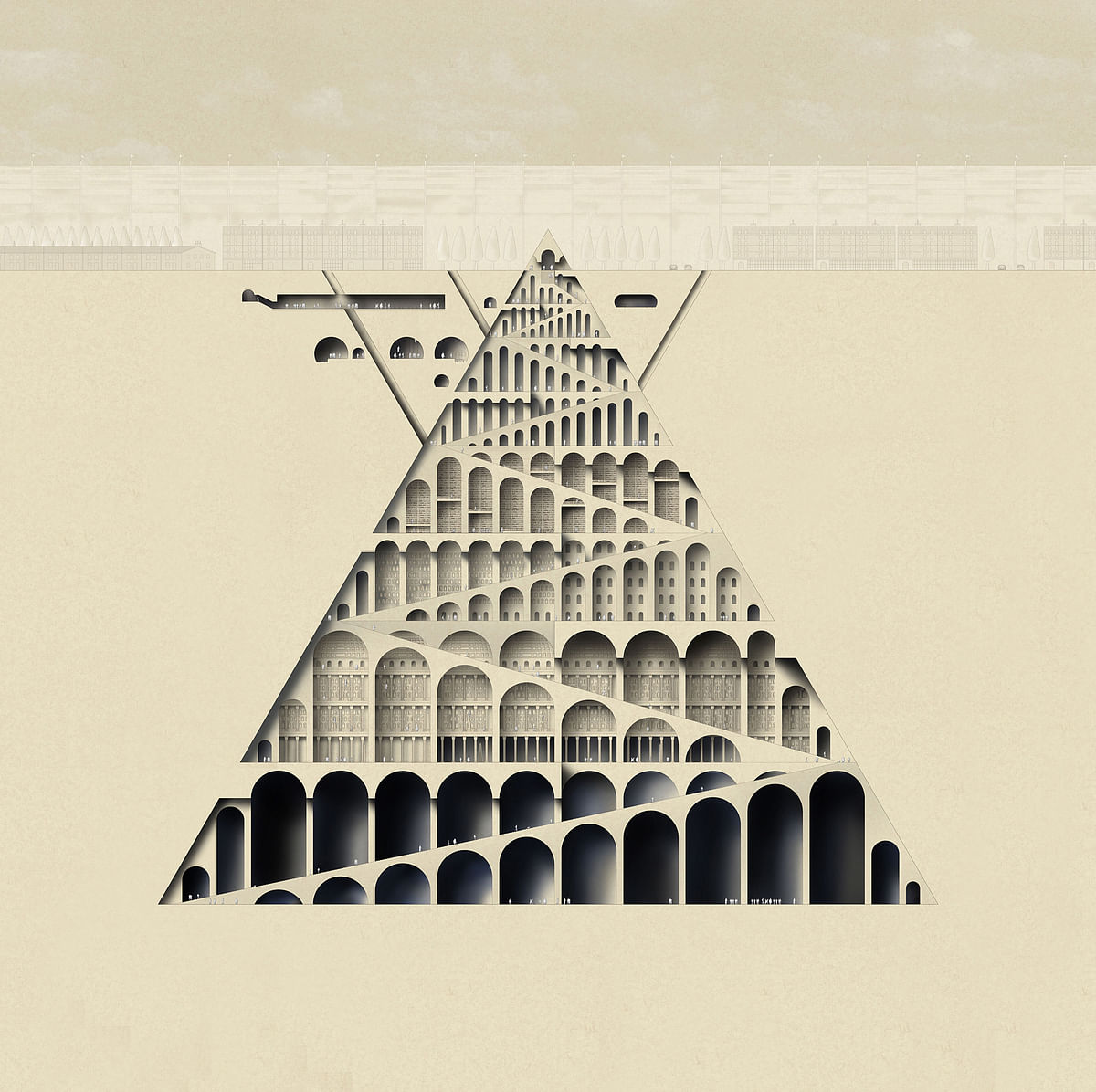
Related
Since 1836, RIBA recognizes outstanding architectural research and study worldwide in the yearly President's Medals awards. Competition runs high as always, with this year attracting 275 entries from 87 architecture schools in 33 countries. During a ceremony this past Tuesday in London, RIBA revealed the student winners for the Silver and Bronze Medals, the Dissertation Medal, the Serjeant Awards for Excellence in Drawing, and the SOM Foundation Fellowship.
Have a look at the winning entries below.
The Silver Medal (for best Part 2 design project) winner: Thomas Chee (The Chinese University of Hong Kong, tutored by Peter Winston Ferretto and Ingrid Schroder)
Project: “Crafts Vault: The V&A Academy of Artisanal Crafts”

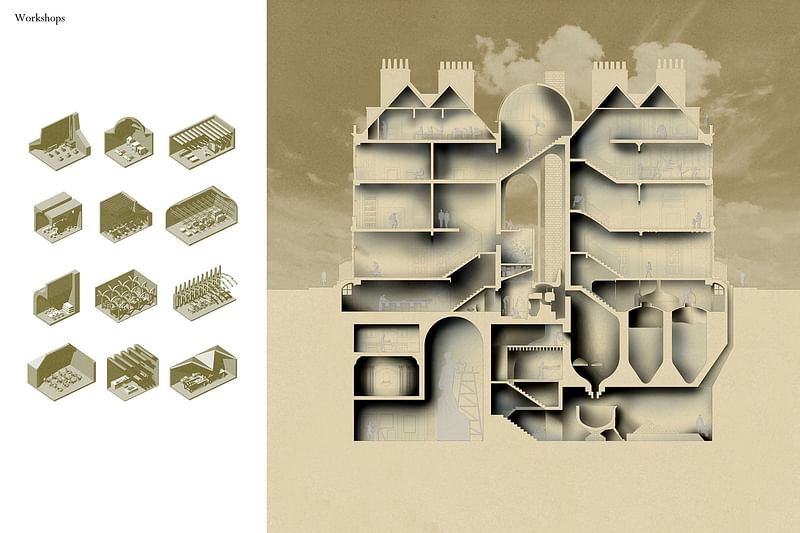
Project summary: “Responding to the uncertain future of traditional crafts industry in the UK threatened by the economic downturn and the rise of new manufacturing technologies, the proposal by introducing crafts workshops into a new extension of the Victoria & Albert Museum in London, tries to promote a new typology of museum building for storing and exhibiting crafts that could help bringing the lost touch of crafts back to the modern city.” More project info.
Silver Medal commendations:
- Molly De Courcy Wheeler, University of Westminster, UK, tutored by Sean Griffiths for “More or Less, Bricks”
- Roven Rebeira, City School of Architecture, Sri Lanka, tutored by Tamara Wijayapala Centre for “Ethno-Elephantology: A cross-species design initiative”
- Mikki Ristola, Aalto University, Finland, tutored by Pekka Heikkinen Visitor Centre for “Petäjävesi Old Church”
The Bronze Medal (for best Part 1 design project) winner: Allan Chong (Newcastle University, UK, tutored by Josep-Maria Garcia-Fuentes and Aldric Rodriguez Iborra)
Project: ‘Formless’ – An Alternative Typology for Preservation


Project summary: “This project takes a theoretical path in creating an alternative typology for preservation. It introduces a compromise between the desire for preservation and the cultural shift necessary for architectural expansion in the city’s future. Interpreting the concept of ‘formless’ in preservation means that architecture and heritage are no longer seen as permanent objects, but they keep transforming to re -frame their key spaces.” More project info.
Bronze Medal commendations:
- Muneeb Ali Khan, London South Bank University, UK, tutored by Nicolas Pople Lewes for “Art Foundry”
- Paolo Pisano, Architectural Association, UK, tutored by Ryan Dillon for “The Thirty Years of Architecture: A short guide on abandoning accumulated memories at the mercy of an inclement weather”
- Samiur Rahman, University of Greenwich, UK, tutored by Rahesh Ram and Tom Noonan for “Nuclear NOW!”
Dissertation Medal winner: Roy Khatchadourian (University of Liverpool, tutored by Iain Jackson)
Project: “A Juxtaposition of Ideological Expressions: Evaluating the urban transformations of Yerevan (Armenia) during 1915-2015.”


Project summary: “What determines our sense of belonging to a territory? How can an identity be maintained, or created? Yerevan – the crown jewel and capital city of Armenia – has been grappling with these issues in a quest of rediscovering its national pride, after years of political oppression, even genocide. This dissertation explores the role of architecture in this endeavour through Alexander Tamanyan’s work, an overlooked master whose contribution forms today’s city branding...” More project info.
Dissertation Medal commendations:
- Tessa Forde, University of Auckland, New Zealand, tutored by Kathy Waghorn and Aaron Paterson for “The House that Politics Built: Parliament Aotearoa”
- Phillipa Longson, The Cass, London Metropolitan University, UK, tutored by Joseph Kohlmaier for “Are You My Mother? An exploration into the bonds between people and places”
- Robin Farmer, Bartlett School of Architecture, UCL, UK, tutored by Brent Carnell for “A Flâneur’s Guide to Boystown: Performativity, pride and place.”
The Serjeant Award for Excellence in Drawing (Part 1) winner: Lucian Mocanu (University of Greenwich, tutored by Rahesh Ram and Tom Noonan)
Project: “New Greenwich Civic Centre: A transformative architecture”

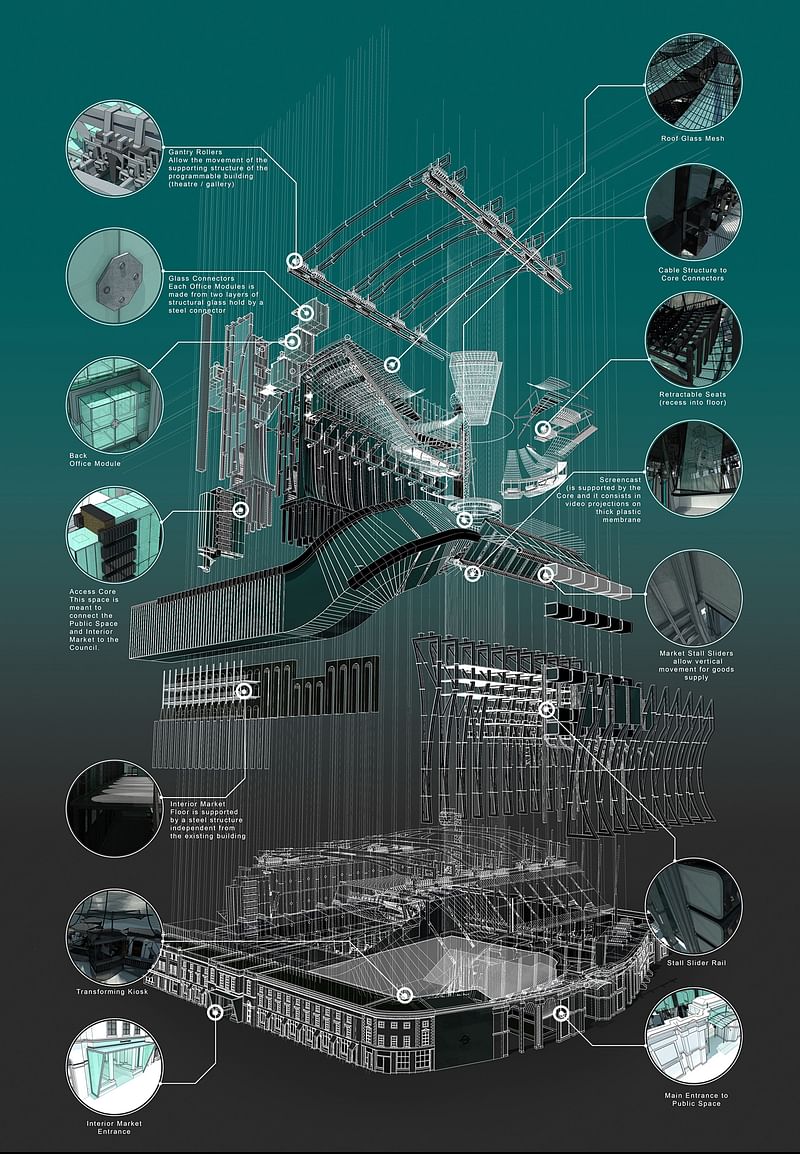
Project summary: “The project seeks to question the very nature of Greenwich’s relationship with the past by proposing an alternative. The project proposes a new modern civic centre that, unashamedly, caters for the modern age and places adaptation, flexibility and modern technology at the centre of its agenda. The architecture is conceived as a ‘puppet’; an architecture of transformation that can be manipulated for the needs of modern society.” More project info.
The Serjeant Award for Excellence in Drawing (Part 2) winner: James Bussey (University of Kent, tutored by Adam Cole and George Thomson)
Project: “The Company”
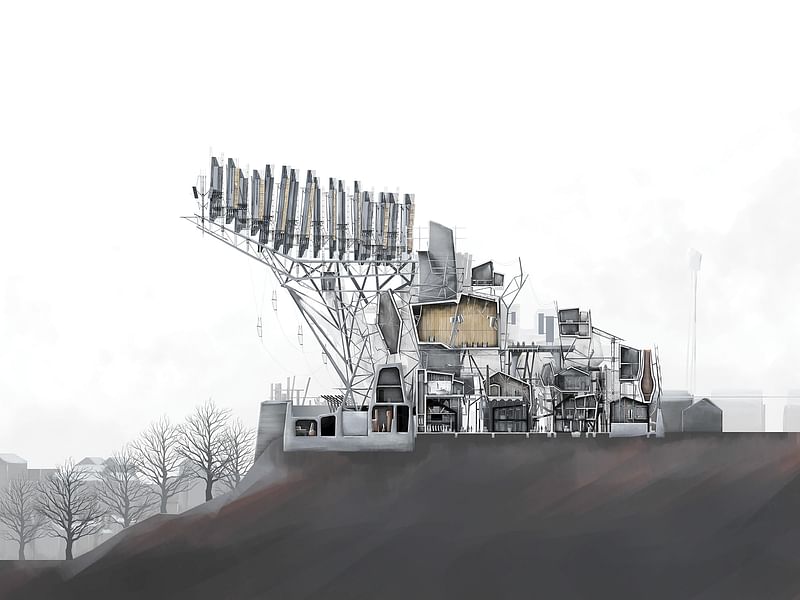
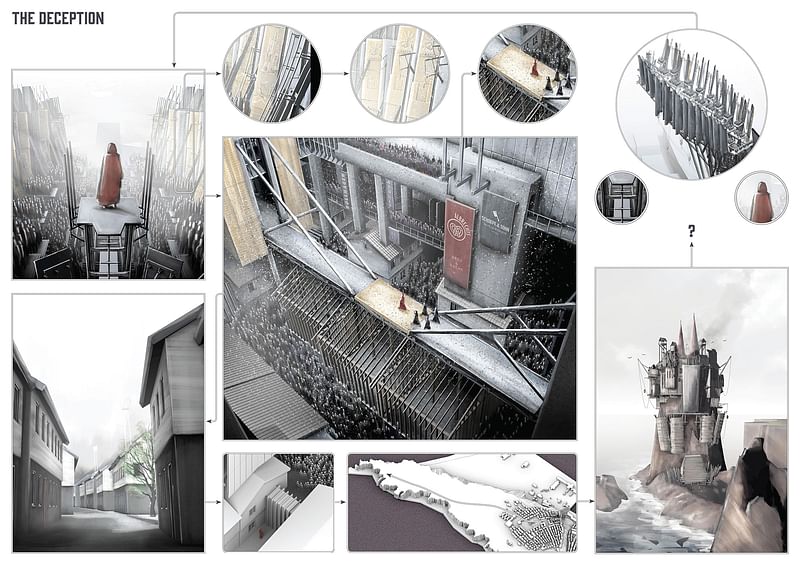
Project summary: “This project imagines the impact of an exiled German revolutionary from 1848. It is inspired by Joseph Conrad’s ‘Heart of Darkness’ and explores many themes: power and control in architecture, isolation, politics, religion, social class and Potemkin villages. The architecture is experienced from the perspective of a fictional character named Elisa Hecker.” More project info.
SOM Foundation Fellowship (Part 1) winner: Jack Bailey, Kingston University, UK (tutored by Michael Lee)
Project: “Music House, Chicago”

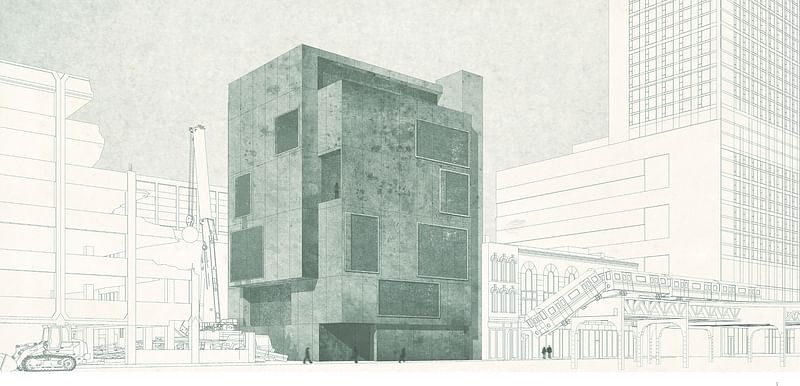
Project summary: “The early 20th Century Great Migration of six million African-American’s from the rural South to industrial cities such as Chicago gave rise to a new genre of music, an urban blues evolving from the classic blues which originated in the Mississippi. The Chicago Music House aims to restore this music cultural heritage to central Chicago to provide a platform where music is the means for social interaction.” More project info.
SOM Foundation Fellowship (Part 2) winner: Shenpei Ha (The Cass, London Metropolitan University, UK, tutored by Signy Svalastoga, Edward Simpson and Jonathan Cook)
Project: “Borrowed Scenery: Miyato Salt Farm Onsen”
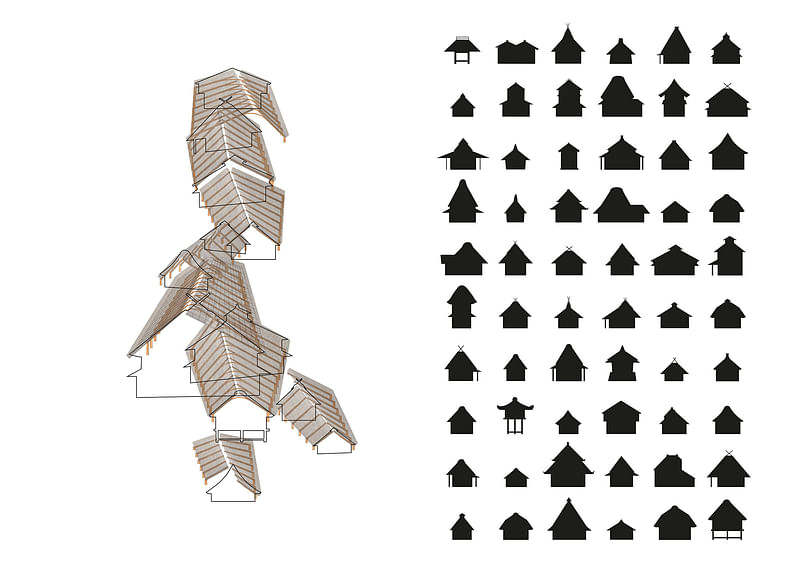
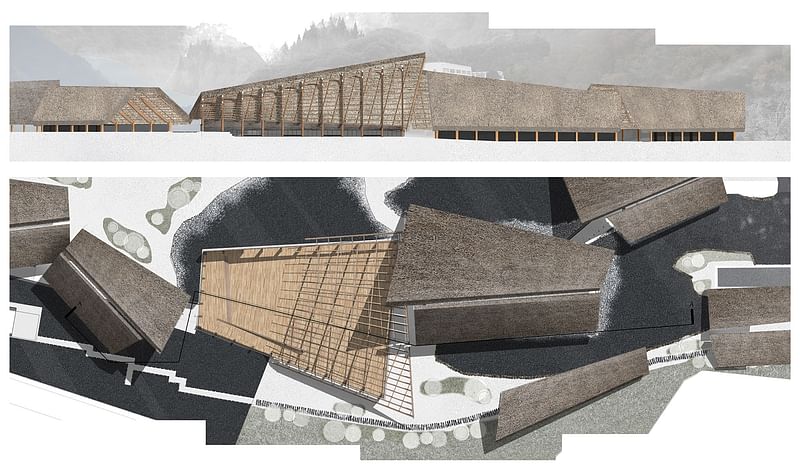
Project summary: “This proposal is for a salt farm onsen [lit. hot springs] that will help facilitate the restoration of Miyato Island after the 2011 Tohoku Earthquake and the subsequent Tsunami in Eastern Japan.” More project info.
All images courtesy of RIBA.

RELATED NEWS Winners of the 2016 RIBA President's Awards for Research

RELATED NEWS Winners of the RIBA 2015 President's Medals Student Awards


Share
0 Comments
Comment as :